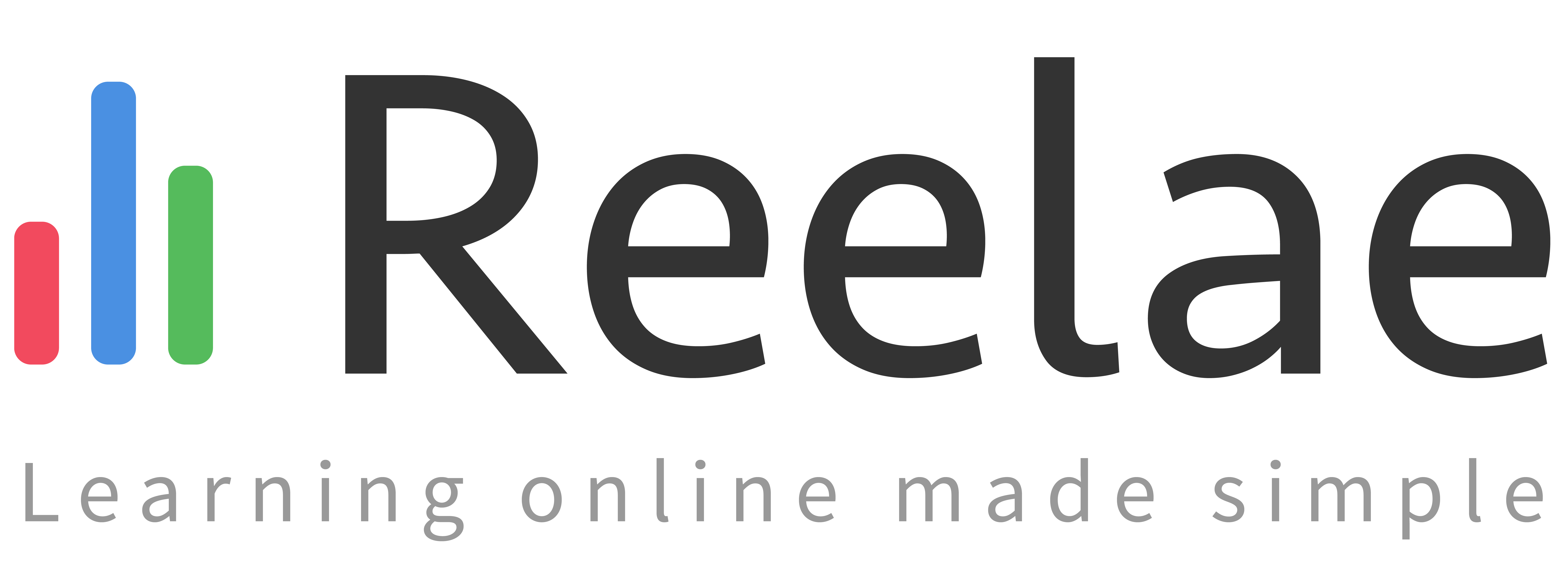The ever-changing tech landscape is transforming the way we produce and deliver effective digital learning. One of the things that power effective learning is content built through an e-learning interactive authoring tool.
An e-learning interactive authoring tool is a software program that enables users to create learning content for lessons with text and interactive media, mainly content developed to use in conjunction with an LMS.
While there is a plethora of off-the-shelf learning material that can be used to create information-rich training content, the benefits of developing course content tailored to your organisation’s needs are far too significant to be ignored or utilised. However, many organisations limit their training potential to generic material because of the perceived challenges surrounding the development of quality training content.
Sure, developing training content used to be a demanding task but with the rise of virtual learning technologies like e-learning interactive authoring tools, creating course material is much easier than before.
With that said, if not chosen carefully, you can easily end up with an authoring tool that creates more problems than it solves.
Whether you are thinking about replacing your existing e-learning authoring tool or are in the market to purchase your first one, make sure the authoring tool has the following features.
Content authoring and management
The core feature of any authoring tool is the ability to create lessons. This includes adding and editing slides, images, text, video, audio or any other on-screen element. These features will enable you to bring your course to life and represent what the learner will be seeing, hearing and doing.
Seamless content management is a feature that eases any administrative qualms over adopting an interactive authoring tool. It is important to organise your assets, media and other content because you could end up reusing the assets again for a new course in the future. It saves time on development and streamlines the workflow. Content management features also enable you to stay in control of all the tools and resources necessary for developing your e-learning course.
Interactive capabilities
The best part of e-courses is the interactive elements that can’t be found in books. A true interactive authoring tool engages a learner by having them participate in the course with a host of features.
This approach allows users to interact with the course content instead of merely consuming it. By letting them actively participate in the learning process, they can help increase learner engagement and retention. They do this by encouraging learners to take a more active role in acquiring information; which includes discovering new facts, solving a problem or working through scenarios.
Interaction gives e-learning courses an edge over traditional learning methods. Make sure your authoring software allows you to easily add interactive options like pop-ups, triggers, variables and scrolling panels.
Accessibility and mobile support
Smartphones and tablets have become an essential part of our lives. It’s only natural to use them for learning as well. At the same time, not every authoring tool offers mobile compatibility. In order to work on mobile devices, your interactive e-courses and quizzes must be in HTML5 format.
To ensure that everyone has access to the content and e-learning services that employ authoring tools, you need to ensure that your interactive authoring tool is compatible with different platforms.
Collaborating with others and reviewing material
E-learning development involves different parties, which makes content creation a challenge. For example, sharing a file for feedback and making changes with multiple parties can be quite complicated. However, collaboration features ease communication between stakeholders. Users can quickly and easily share e-learning material with whoever might need to review or modify the content.
Content authors and admins can use the review feature to add notes when previewing or editing a page. With some tools, you can even set a review period to allow peer feedback on projects where comments can be made on pages or specific elements.
Comments are compiled for reviewing material and resolving mistakes. Authors can address comments inline and notify reviewers. Furthermore, authors and reviewers can create internal reports based on feedback to make improvements to course content.
Are interactive authoring tools for you?
With a plethora of features available through interactive authoring tools, your only question should be whether it integrates into your current LMS system.
Visit our website for more information on interactive authoring tools.





